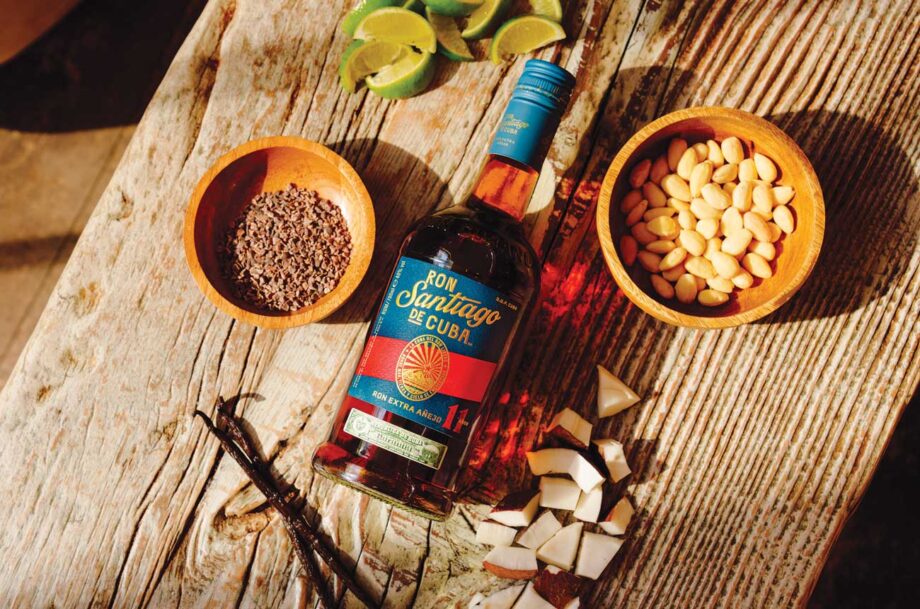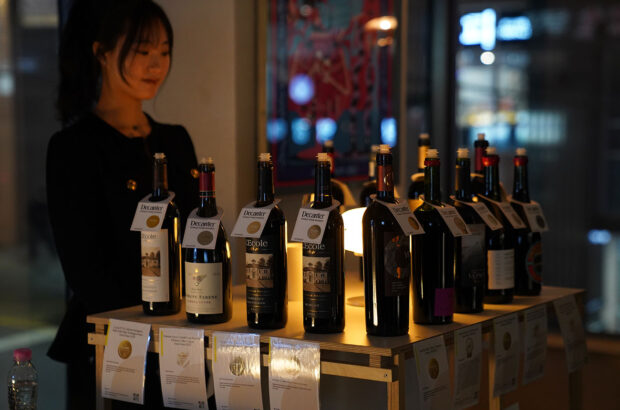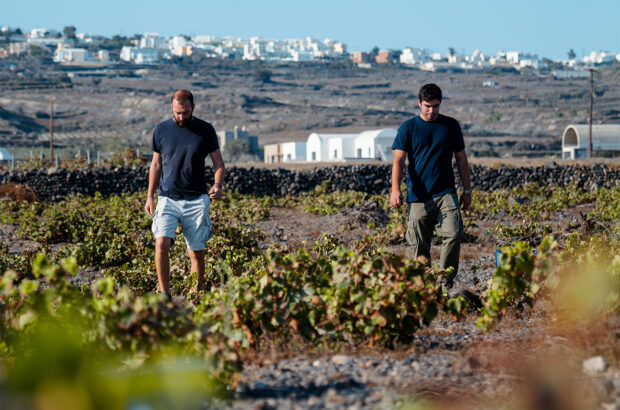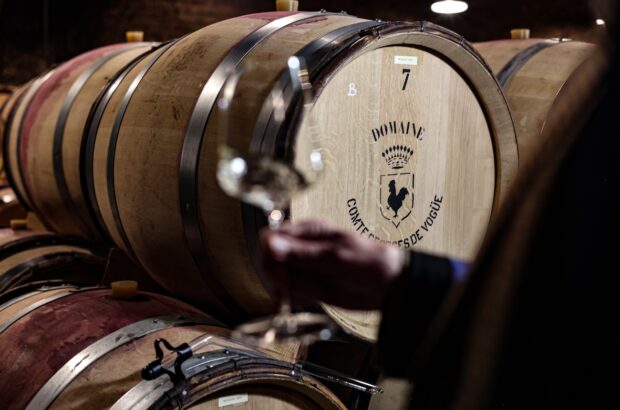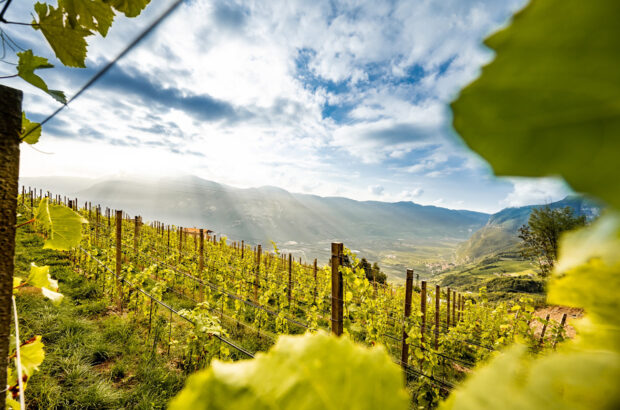Of the many rum-producing countries around the globe, Cuba is among the most esteemed, known for its approachable, elegant spirits. Rum here dates back as early as the 1600s, but the real story arguably begins in 1862, when Spanish native Facundo Bacardí established a distillery in Santiago de Cuba. Meanwhile, the Arechabala family started a distillery in Cárdenas in 1878, leading to the creation of the Havana Club brand in the 1930s.
Prohibition in the US at that time gave Cuban rum a boost thanks to thirsty visiting Americans – not to mention the potential for trade in smuggled rum until the law was repealed in 1933. By then, the US had a taste for it, but the Cuban Revolution and the embargo on trade from 1962 put an end to that.
The Havana Club brand was nationalised. Bacardí meanwhile had already opened other distilleries outside Cuba, but the company was still based in Cuba. Its assets were confiscated and the family fled Cuba in exile. Today Bacardí rum is produced in Puerto Rico.
In recent years, Cuban rums such as Ron Santiago de Cuba, Ron La Progresiva and Eminente have become available through agreements and partnerships with the Cuban government.
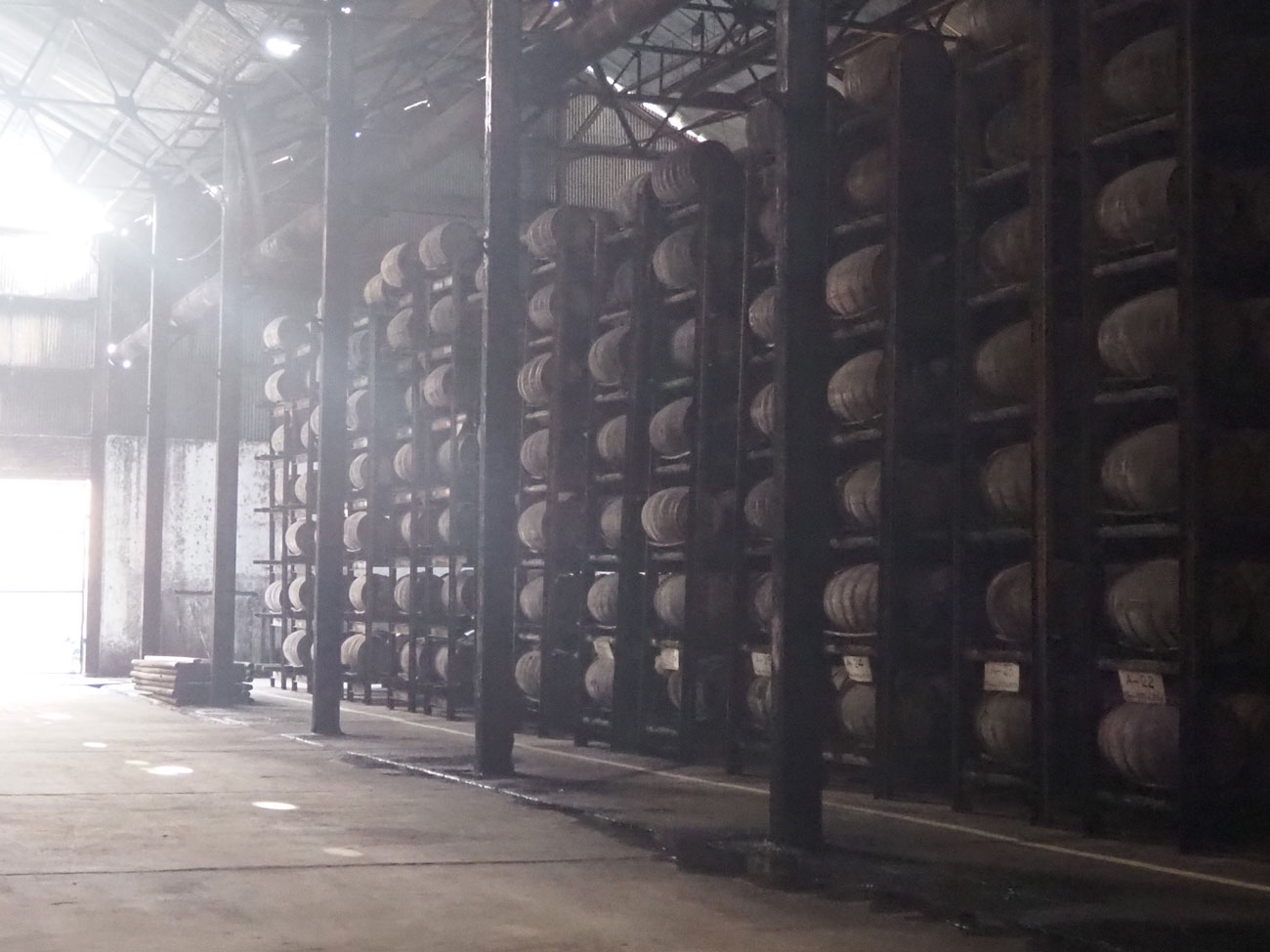
Rum barrels at Ron La Progresiva
Cuban style
Typically, Cuban rum is made by combining characterful aguardiente spirit with more subtle, higher-strength redistillado, produced in column stills. After initial ageing in oak casks, these are filtered and sometimes aged further. Regulations for rum production in the country are rigorous – requiring that only molasses from Cuban-grown sugar cane is used, for example.
‘These practices uphold purity and consistency, which is why Cuban rum is often considered the benchmark for light, premium rum,’ says Tommy Cole, Europe brand ambassador for Ron Santiago de Cuba.
Regional differences
While there are relatively few distillers on the island, they produce distinct styles, depending on their location. The southeast, for example, home to Ron Santiago de Cuba, is humid and tropical, which ‘accelerates flavour development and lends the rums remarkable depth and maturity’, says Cole.
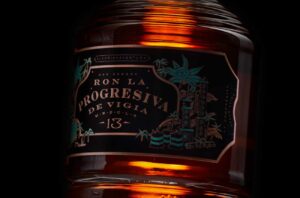
Ron La Progresiva
However, what unites rums from all over the country is their versatility. While many are perfectly suited to a neat serve, or over ice, they’re decidedly mixable, too. ‘Cuban rum’s lighter body and aromatic complexity make it ideal for classic rum cocktails where clarity and balance matter,’ says Cole. He highlights cocktails such as the Daiquiri or Mojito for lighter styles, or a Rum Manhattan for aged expressions. ‘The style lends itself to a variety of occasions – cocktails that remain complex without overwhelming the palate.’
One to try
Ron Santiago de Cuba Extra Añejo 11 Años
£35/70cl Waitrose Cellar
An ideal entry point into Cuban rum, equally suited to sipping or to mixing – try it in a Daiquiri – this opens with light brown sugar, vanilla and sticky toffee pudding aromas, leading to spicy stem ginger, rich orange and marzipan. Alcohol 40%


